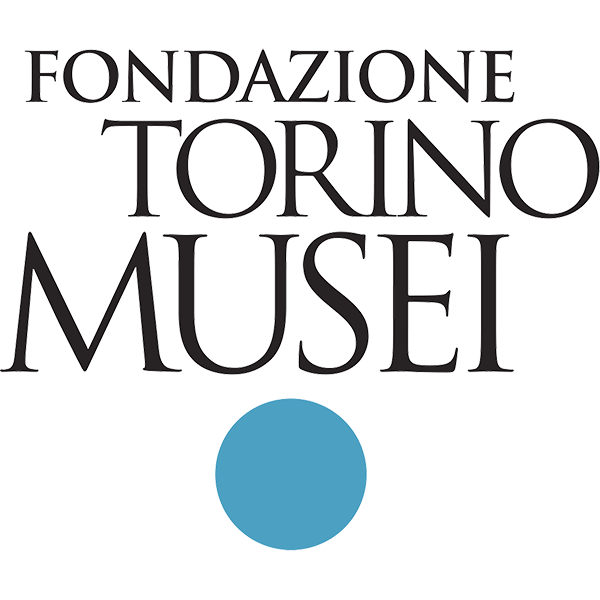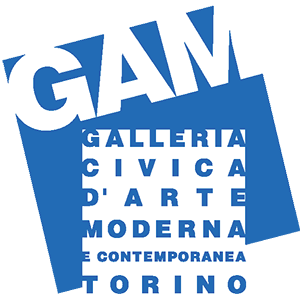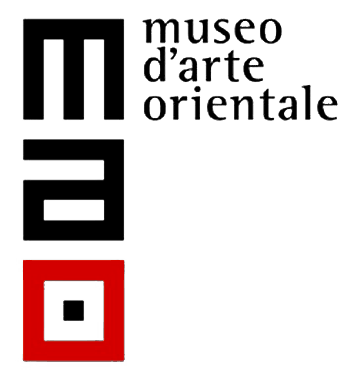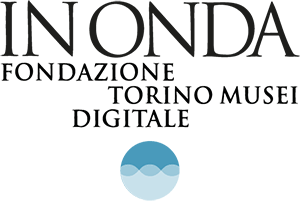Journey to the end of Statuary
- Exhibition
- 4 April 2023 - 10 September 2023

Italian Sculpture 1940–1980 from the GAM Collections
curated by Riccardo Passoni
The true life of sculpture can no longer be mistaken for the semblance of life in a statue. (Arturo Martini, La scultura lingua morta, 1945)
GAM - Galleria Civica d’Arte Moderna e Contemporanea of Turin continues exploring its own heritage by dedicating a chapter to Italian sculpture between 1940 and 1980 with an exhibition that presents 50 works made by 40 artists active during that time: forty years of monumental change and major stylistic milestones, in terms of subject matter and technique, thereby assigning a new role to sculpture.
Over the years, GAM’s rich collections have benefitted not only from the works acquired by the Museum but also from the decisive role played by the Fondazione Guido ed Ettore De Fornaris and the Fondazione per l’Arte Moderna e Contemporanea CRT, which contributed to important acquisitions and to growing this heritage.
The exhibition itinerary begins withthe surprising comparison between the female effigies of Eve by Edoardo Rubino — a sculptor for the Savoy and Senator of the Kingdom of Italy — and the implosive expressionism of Mad Woman by Sandro Cherchi. We then continue by investigating the many variations of Italian Informal sculpture. This first part bears witness to how, around 1945 and later, with few exceptions, sculpture began to experience major milestones: it tried to leave behind a dimension or ideaof monumentality, or ornamentality, or of portraiture, both celebratory and private, in order to face experimental subject matters and techniques. In order to illustrate the new path of sculpture during this period, in addition to Cherchi and Giuseppe Tarantino, we find terracotta works by Leoncillo, dynamic bronzes by Umberto Mastroianni and Pietro Consagra, works in iron by Franco Garelli and Nino Franchina, and assemblies by Ettore Colla. At the same time, the exhibition also highlights the dramatic wooden sculpture group Miracle (Holocaust) by Marino Marini and the large metal Spatial Concept by Lucio Fontana offset by the ceramic Little Women by Fausto Melotti.
The 1960s are instead represented by Giuseppe Uncini, Nicola Carrino, Pietro Gallina, and Mario Ceroli, with works that experiment all kinds of materials.With his nature carpet Pumpkin Patch (1966), Piero Gilardi — who recently passed away and to whom GAM would like to pay a heartfelt tribute — approaches a unique, soft-type of sculpture, in painted polyurethane foam, by tackling the natural/artificial relationship while criticizing the commodification of the environment. With clear intentions, the art/nature dichotomy is also faced by exponents of Arte Povera: fromWorking on the Trees, Maritime Alps by Giuseppe Penone to Untitled by Giovanni Anselmo, up to the chemical-physical processes proposed by Gilberto Zorio.
The itinerary ends with the latest experiences from the 1970s and early 1980s. Michelangelo Pistoletto left behind the period of his Minus Objects for his Mirrors, absorbing the surrounding space, as in Mirror Rays, 1973–1976, and Nanda Vigo, with the goal of exploring a new perceptive outcome, proposed in 1976 Exoteric Gate, in glass, iron, and neon:an innovative connotation of the space altered by a geometric and light installation.Sculpture would be reclaimed, after treasured conceptual and Arte Povera experiences, by Giuseppe Spagnulo and Nanni Valentini with terracotta, and Paolo Icaro with plaster, and, therefore, according to different paradigms. And finally, we find the monumental triumph of the sculptural exploration of The Bell by Luigi Mainolfi.
As GAM director and the exhibition’s curator, Riccardo Passoni wrote in his essay:In these four decades of “observation” the plastic arts have passed through shaping, sculpting, assembling, forging, constructing;sculpture has dealt with tradition and its cancellation; it has reset the question of color. In reality, it has put forward new, ethical, and aesthetic objectives, and has experimented with unfolding forms. It has freed itself from the bonds of the subject, from consolidated iconography.It has dealt with innovative considerations in the work/space relationship. It first excluded and then faced once more monumentality (intended in an anti-monumental sense): it has tackled all possible changes in scale, without celebratory complexes.It has rediscovered, after the historic avant-gardes, the techniques of assembly and objectual solutions. It has experimented with new conditions of relating to nature.Finally, it has found once again new reasons for existing, successfully and incredibly freeing itself from the famous judgment published by the greatArturo Martini, inLa scultura lingua morta in 1945: by critically pointing out the constrictions of representation bestowed upon this technique, and the limits of its ability to experiment, alluding in particular to statuary, imprisoned and “motionless over the centuries, in a grand and sacerdotal language, a symbolic writing unable to move in everyday exercise.” But this argument also proposed an equally powerful, farsighted admonishment: “The true life of sculpture can no longer be mistaken for the semblance of life in a statue.”






